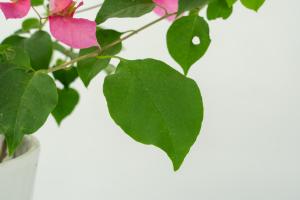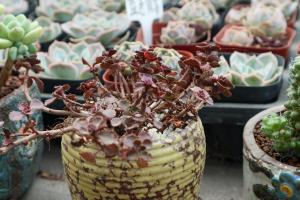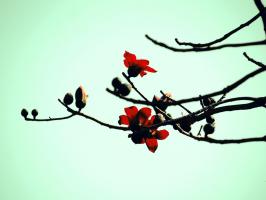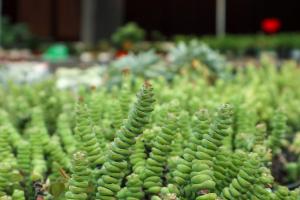Introduction to river sand
River sand is formed by long-term collision and friction of natural stone through the force of water. Its surface is relatively smooth and its color is white to yellow. It is a kind of non-metallic ore with high impurity content
River sand composition
The composition of river sand is relatively complex. Generally speaking, the main component is quartz, which contains elements such as silica
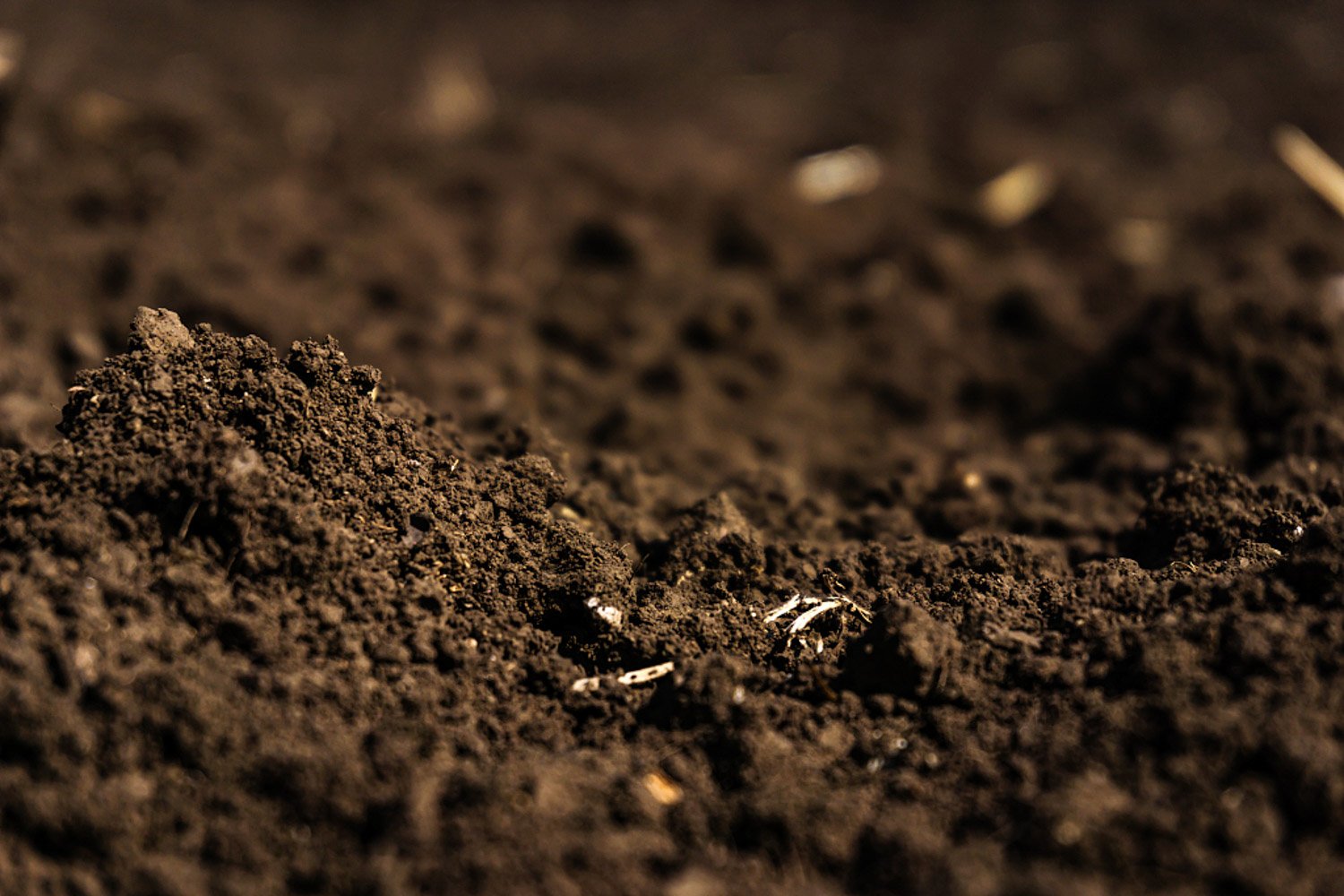
River sand characteristics
Advantages
First, the particles of river sand are smooth and relatively clean
Second, the source of river sand is very wide, the material is convenient and the cost is low
Third, river sand has no taste, while sea sand has salt taste
Fourth, the river sand has good water permeability and air permeability
Shortcomings
First, the river sand has no nutrients
Second, river sand particles are large, easy to leak fertilizer and water, and poor fertilizer and water retention
Third, the river sand is easy to leak. Sometimes, in order to keep water for the plants, they have to water frequently, resulting in rotten roots of the plants
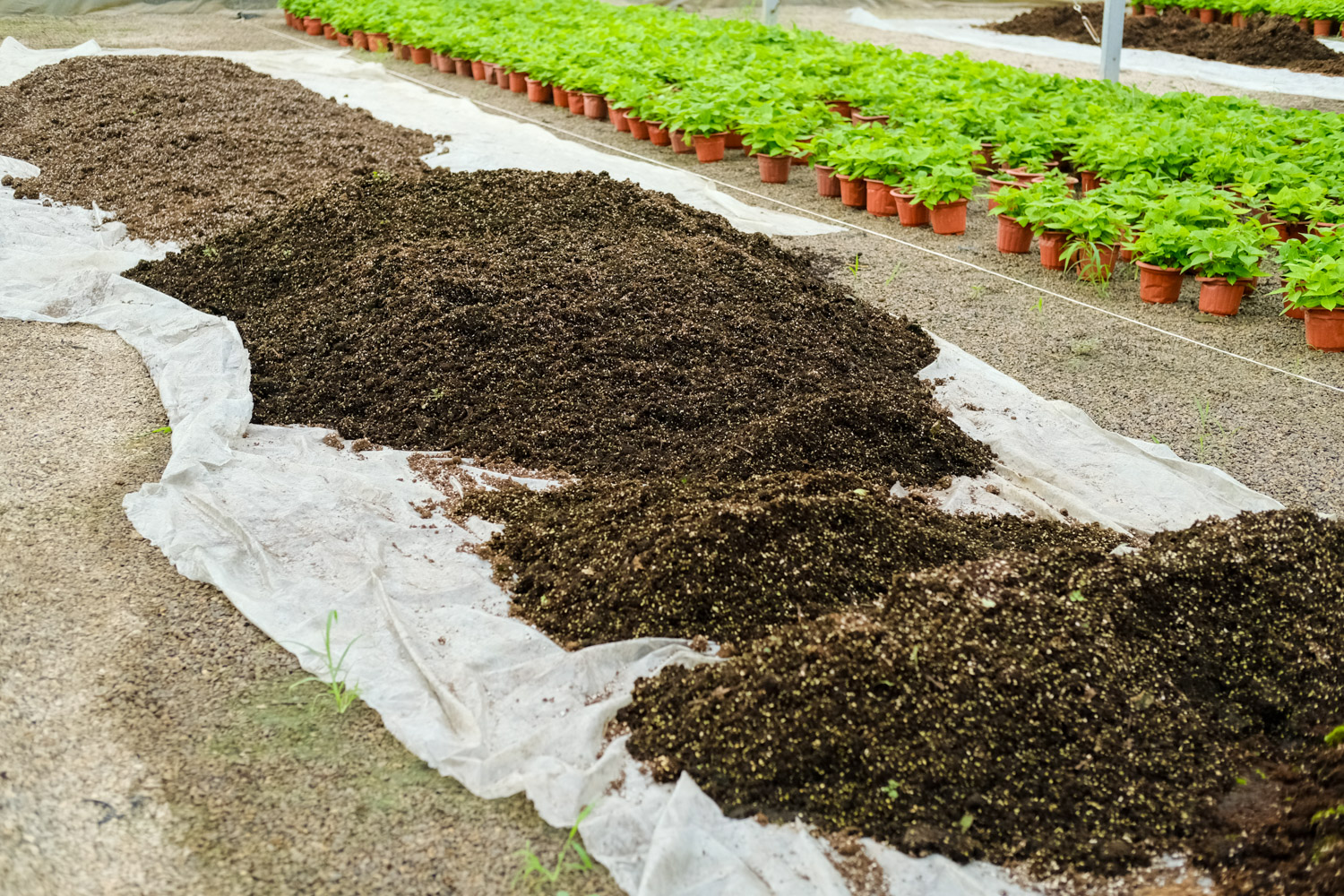
Suitable plants for river sand
River sand is insoluble in water and contains little nutrients for plant growth. Generally speaking, the use of river sand to cultivate plants does not use its nutrition, but, like vermiculite, as the support of plant roots in soilless cultivation. In soilless cultivation, nutrient solution should be applied to supplement the nutrients required for plant growth. When cultivating malt, sterilized river sand can be used for cultivation, and river sand can also be used as a mixed substrate to cultivate succulent plants< span>

 jackfruit
jackfruit snake plant
snake plant hibiscus
hibiscus hydrangea
hydrangea lavender
lavender Green roses climb al...
Green roses climb al... If you don't pay att...
If you don't pay att... Management of four g...
Management of four g...